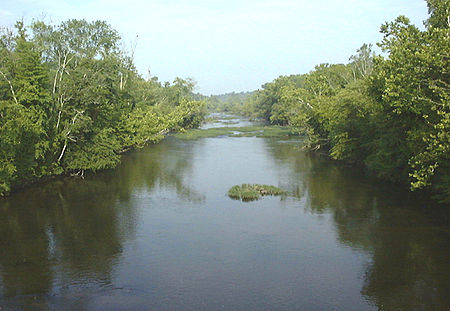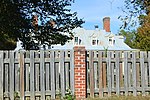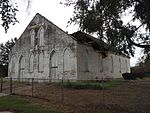Matoaca, Virginia
Census-designated places in Chesterfield County, VirginiaCensus-designated places in VirginiaUse mdy dates from July 2023

Matoaca is a census-designated place (CDP) in Chesterfield County, Virginia, United States. The population was 2,403 at the 2010 census. It is named after the Pamunkey princess Matoaka who was better known by her nickname "Pocahontas". It was near the site of an Appomattoc village Matoka or Matoks, which was reputedly her girlhood home, and the palace town of the weroansqua Oppussoquionuske.In 2016 it was listed as No. 42 in CNN Money's Top 50 Places to Live in the United States.
Excerpt from the Wikipedia article Matoaca, Virginia (License: CC BY-SA 3.0, Authors, Images).Matoaca, Virginia
Memorial Avenue,
Geographical coordinates (GPS) Address Nearby Places Show on map
Geographical coordinates (GPS)
| Latitude | Longitude |
|---|---|
| N 37.228055555556 ° | E -77.470555555556 ° |
Address
Memorial Avenue 6001
23803 , Matoaca
Virginia, United States
Open on Google Maps










